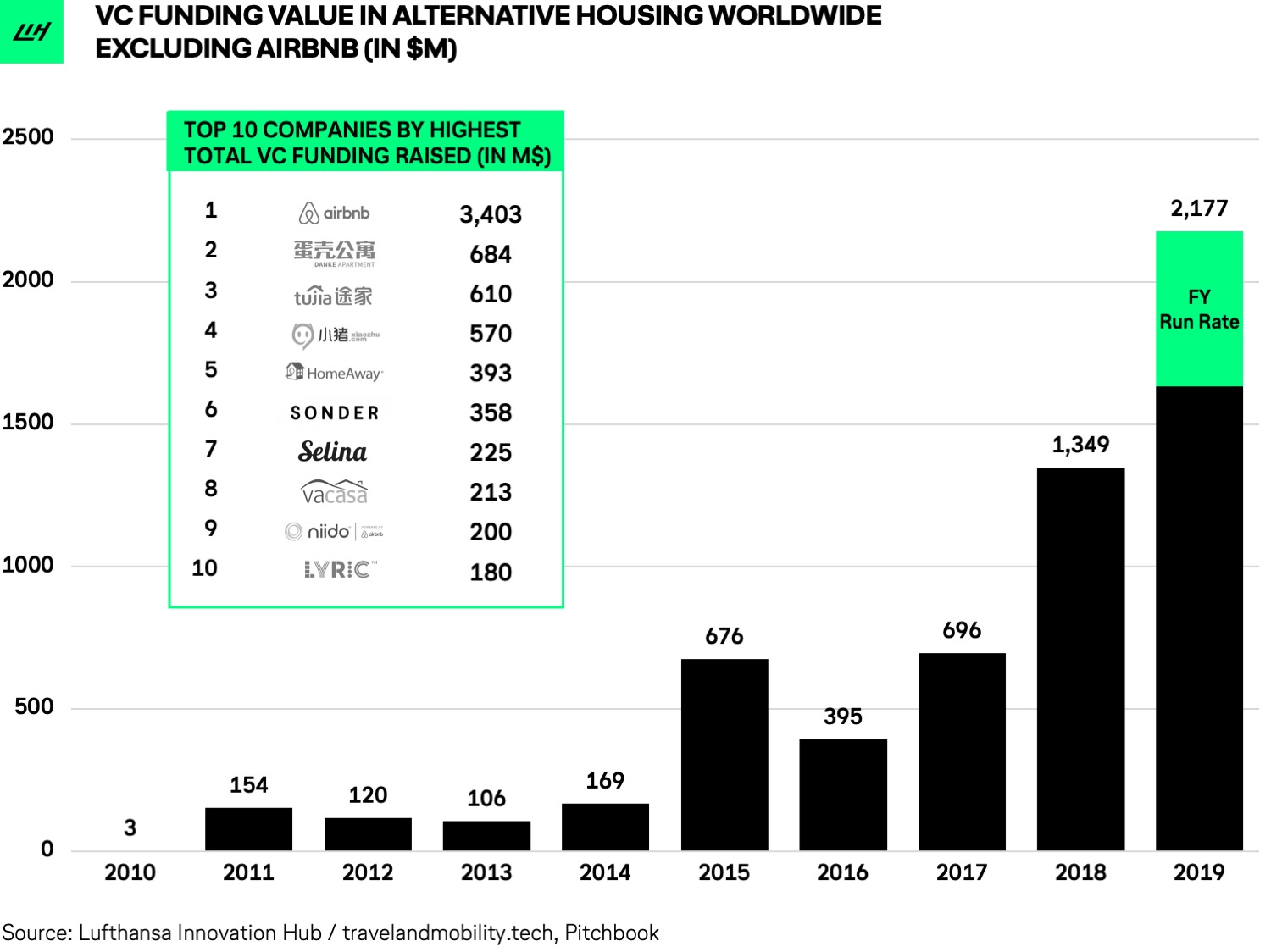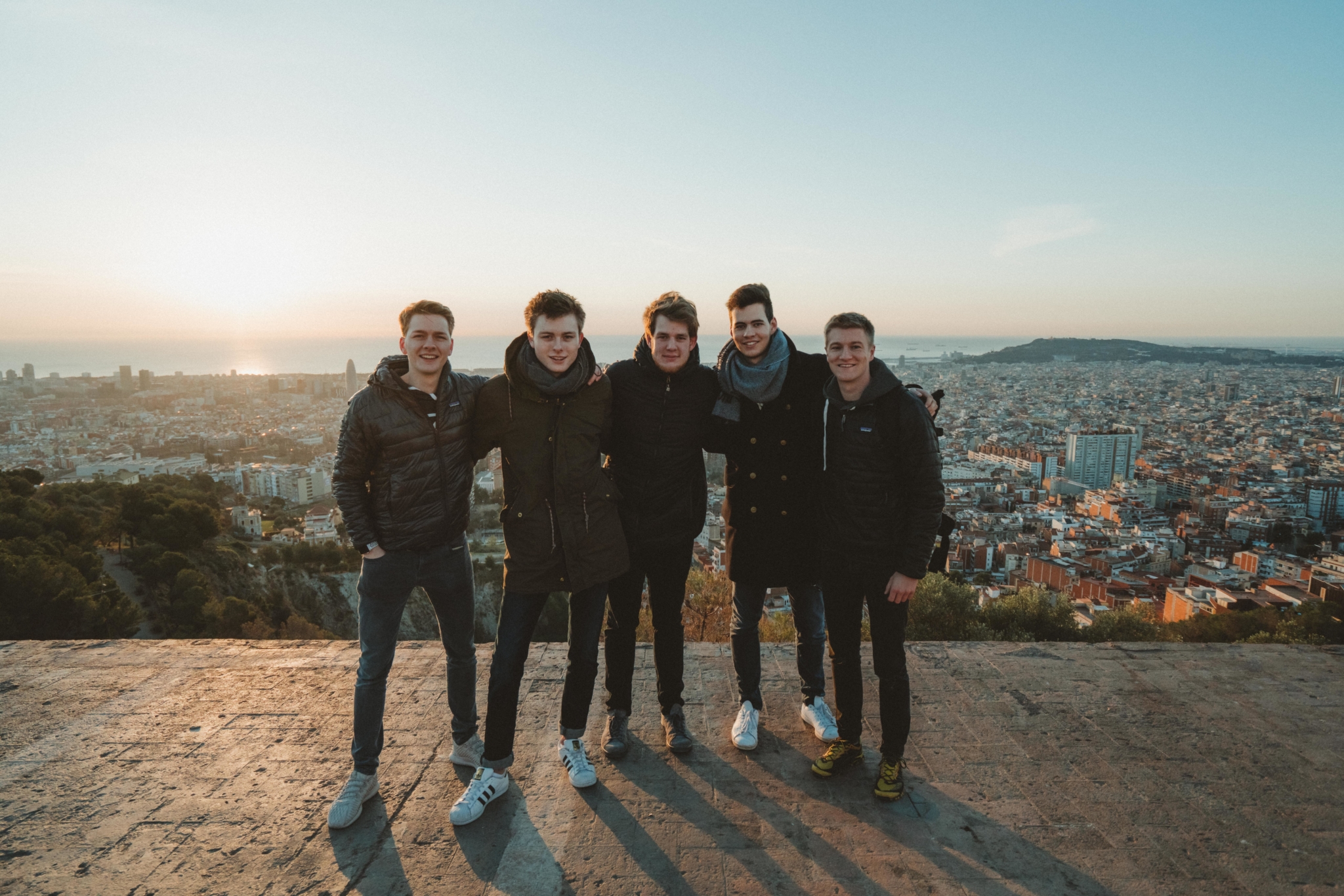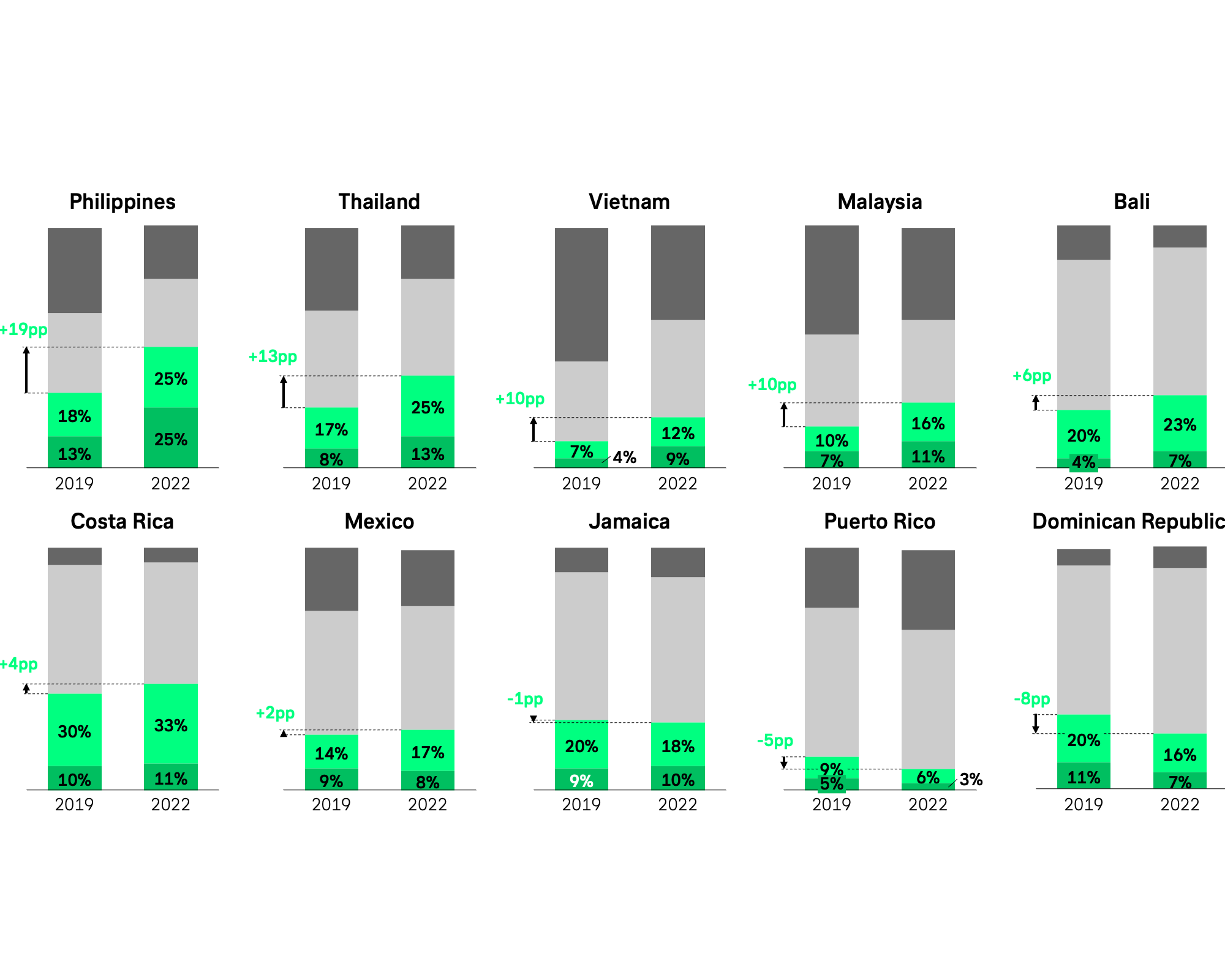Almost everyone knows this experience: you see someone’s vacation photo on social media and right away you want to plan your next trip there. Since launching in November 2017, German startup Mapify has helped users to share their travel destinations in more than 190 countries with others.
The app allows users to upload their holiday photos and enrich them with descriptions of their routes and experiences along the way, giving other users a chance to engage with the content. In case users want to travel to a certain destination, Mapify combines their personal preferences — selected when setting up their profile — and previously “liked” holiday pictures of others to create the best possible travel itinerary.
A few months ago the startup released Mapify Plan, its largest product update so far. It allows users to adjust individual points in the travel itinerary and modify a trip to suit their needs. Recently, the startup started collaborating with the uploaded and tagged destinations (e.g. hotels or tourist attractions), offering the users curated recommendations on their trip. Their next goal is to make the trips also bookable directly on the platform.
VC investments in travel inspiration startups rise
For several years now, social media has provided a growing foundation for consumer decisions and triggered a frenzy around influencer marketing. This development is also having a major impact on the travel behavior of a more youthful target group: Visited destinations are presented on social media, linked with geo-tags and thus serve as an inspiration for others making travel plans.
A look at Venture Capital investments in startups from the Travel and Mobility Tech space offering such travel inspiration — often via a social platform component — supports this observation. Funding levels have dramatically picked up in 2018. Close to $450 million USD were invested in such companies with London-based Culture Trip being the most prominent example.

Mapify has also successfully exploited this trend — at least up until now: By making it possible to share travel experiences with a community, Mapify not only serves users as a source of inspiration but also turns them into content creators.
What’s more, the social travel platform solves a major pain point, since conventional travel planning still often ends in a jumble of multiple tabs involving transport, accommodation, and things to do at the destination. All of these components still have to be booked across various platforms.
Mapify’s algorithm is not only able to integrate personal preferences and places ‘liked’ by the users into the entire travel chain, but also brings in accommodation and transport offerings, creating a seamless booking and travel experience. Through integrations with companies like Airbnb, the Mapify team is pushing the travel planning process even further.
The founders behind the startup
Mapify is the brainchild of a team of five young entrepreneurs including its CEO and co-founder Patrick Häde, who studied law at the Bucerius Law School in Hamburg. During this time, he worked at the Stanford CodeX Center for Legal Technology for six months. Before leaving the university to dedicate himself full-time to Mapify, he also studied computer science at MIT in Boston for half a year.
The “Startup Wunderkinder” (Gründerszene) can already look back on an impressive history as founders: Their experiences range from an online marketplace called “That’s my Market” and the flight-compensation startup “Compensation2Go” to the digital agency “Wunderfactory” and Mapify. The company currently employs more than 20 people.

Mapify generates revenue through affiliate links and ads from travel related B2B partners — at least in theory. Up to now, the company’s founders have kept the turnover largely a secret.
The business concept appears to have persuaded a handful of investors. Apart from the earnings from “Wunderfactory”, the renowned Massachusetts Institute of Technology (MIT)’s Sandbox Innovation Fund provided the seed capital for the founding of Mapify in November 2017.
In 2018, the young team raised an additional USD 1.5 million in seed funding. Investors include such well-known names as Ennea VC, the fund of former senior vice president at Kayak Europe and co-founder of Dubsmash, Roland Grenke, as well as Navid Hadzaad Javaherian, former founder and CEO of GoButler.
The founders want to use the money to set up a new office in Los Angeles and strengthen the company’s presence in the US market. In addition, the focus will be on further developing its algorithm in order to be ready for rapid user growth.
The app could set new standards for young travel enthusiasts
Mapify manages to offer its users an integrated solution for travel planning and to cover virtually all the needs of the modern traveler. The offering clearly differentiates itself due to its strong personalization capabilities and community approach through experience-sharing in an Instagram-like manner.
Mapify has quickly attracted a six-digit number of users to its platform: As of June 2019, around 250,000 users have downloaded the app worldwide. According to the founders, among them are Instagram’s travel influencers who have a strong reach. As they continue to build their profiles on Mapify, they are establishing the foundation for bringing over their abundant followers to the new platform.
It’s a big vision: Mapify not only aims to become the Instagram for travelers but also to provide its users with a comprehensive and personalized digital travel experience — setting new standards that will soon be de rigueur for a young, travel-savvy target group.













